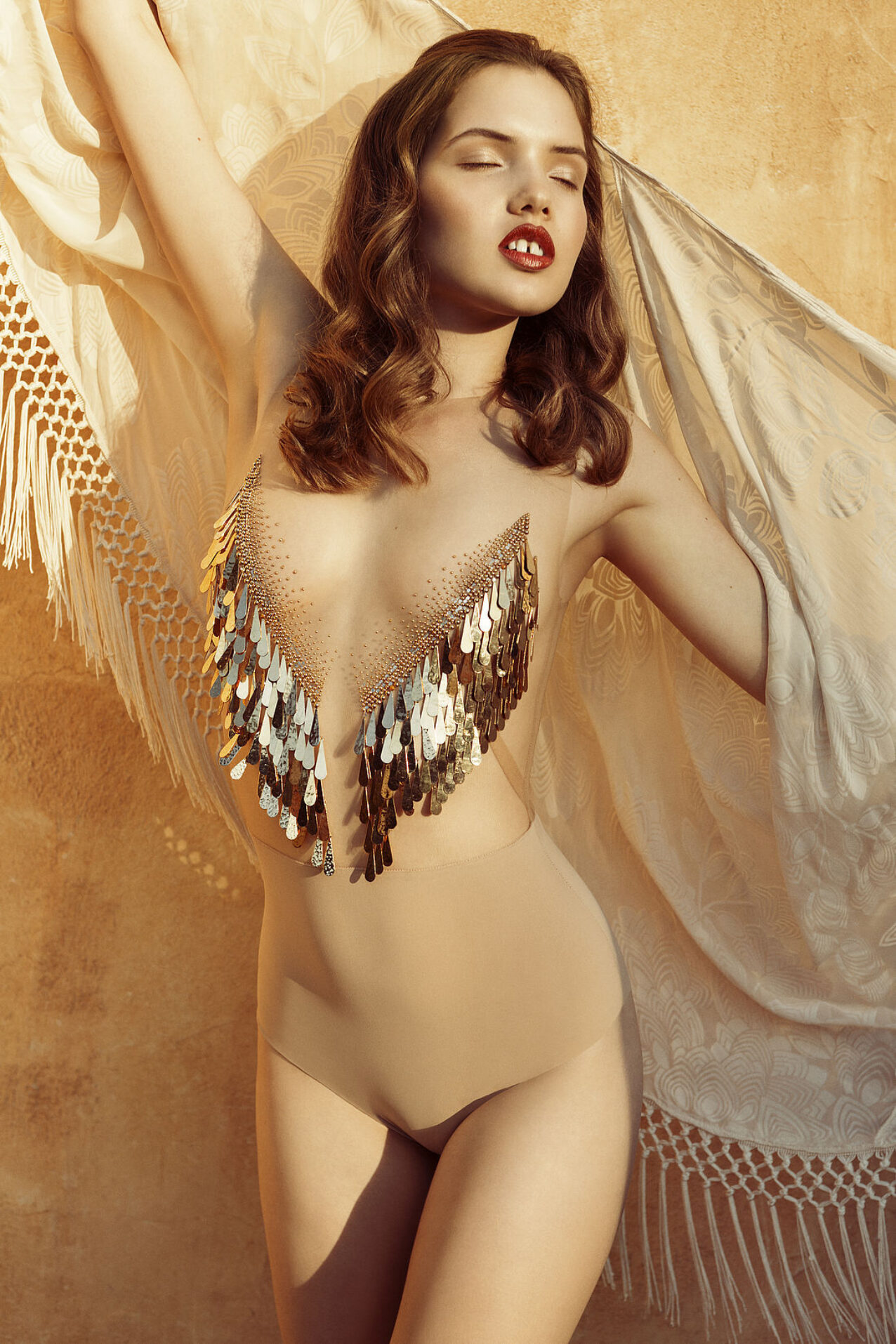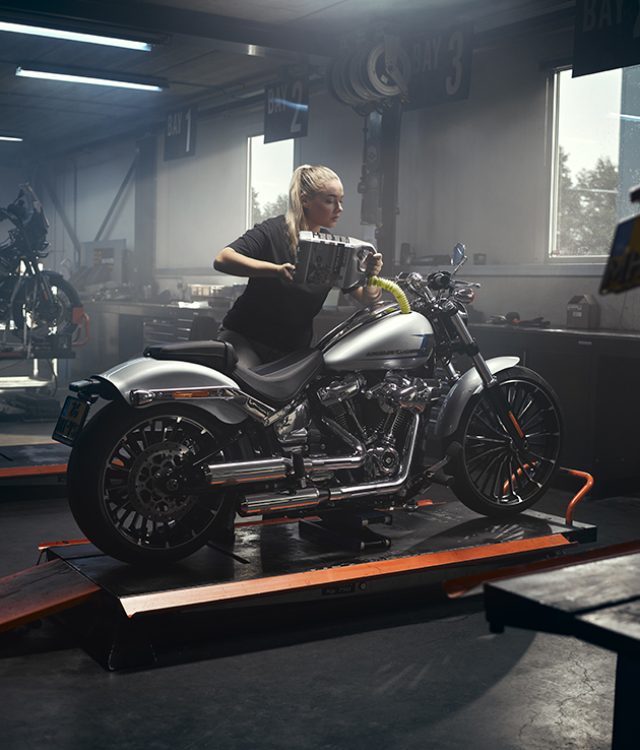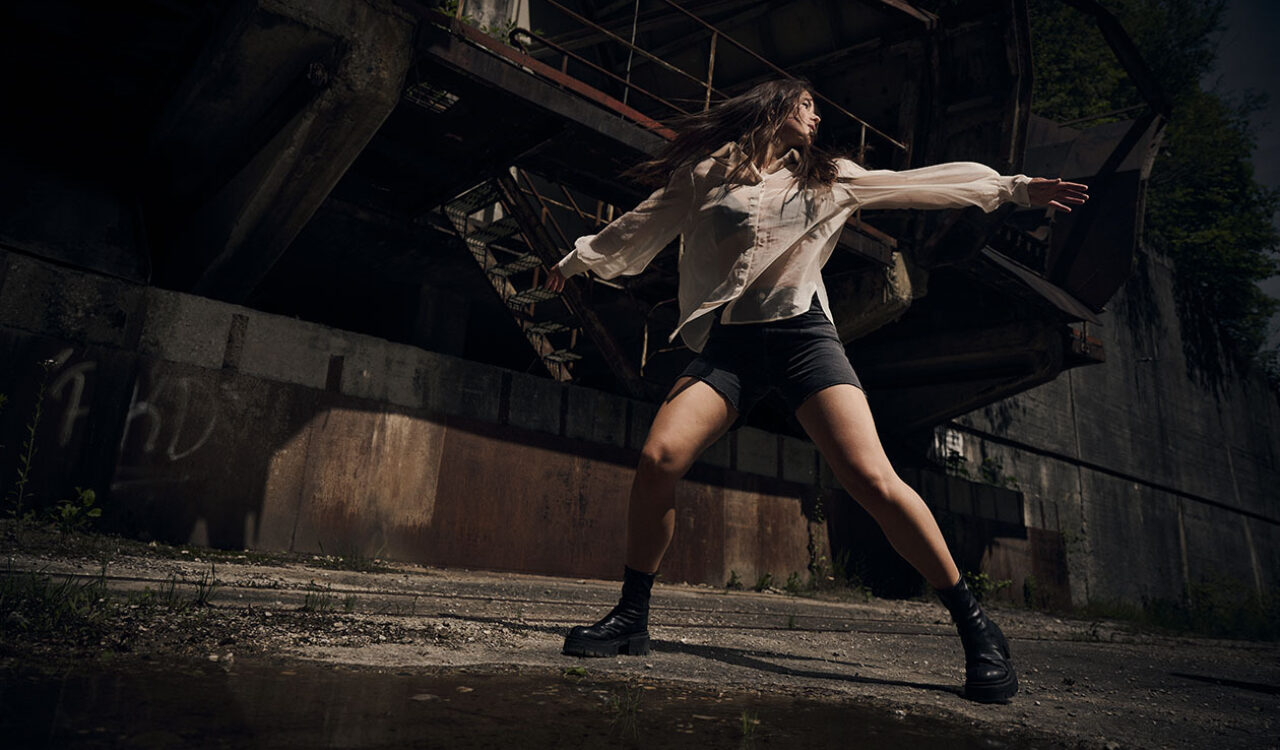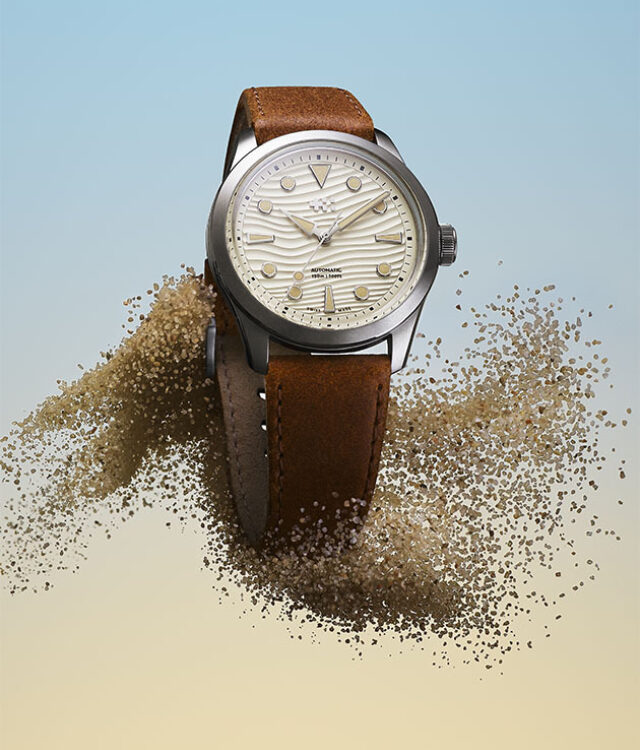Fashion photography is not just about photographing great clothes, it’s about engaging the viewer through storytelling or creating a mood to sell to an audience.
Whilst this isn’t a post about lighting, I feel it’s necessary that as photographers we understand what it is that makes a good image – sometimes we need to step away from the technicality part and first focus on the concept.

As photographers, we are in charge of the story we want to tell with our work –with a recipe of casting, lighting choice, styling, choice of location, and retouching. You could go on to say you are simply telling a story by choosing a specific theme or era to work with –fashion photography allows us to do so with the clothing we see during the Resort, Spring/Summer, Pre-Fall, and Fall/Winter collections. The fashion designers and collections that they produce every year are the epicenters of where all ideas take place – and as photographers, we base our ideas on what we find here. It’s also important that we stay current with the themes we see not just in clothing, but the trends in hair and make-up too. The main thing to remember when taking inspiration from these trends is to not shoot the obvious – try to interpret in your own way. Why? Our clients are always thinking outside of the box too. Who wants the same cookie-cutter style when they can engage a new audience with unique material?
Not every shoot needs to have big sets, incredible couture styling, and top models to be interesting and creative. Sometimes it’s simplicity that’s key and how well you shoot with what you have. Sometimes it’s the mood and the emotion of the model and sometimes it’s how you light that helps convey an idea. Work with what you have. If you don’t have the access to clothing then shoot classic themes and learn to light interesting or convey an interesting narrative in a shoot. What I have learned is, you can’t tell a successful story within fashion photography unless you consider the following 8 points.

1. The creative team is everything
Work with people that GET “it” and are as passionate as you about creating a final image. Cast your team based on their skill. Your stylists, hairstylists, and make-up artists should all want to help create a story and bring ideas to the table.
2. Create the mood with lighting
There are so many ways to enhance a mood of a photograph – simply by changing the light! Choosing your diffuser or accessory, changing the angle and distance to your subject will both impact the mood of the image. A moody diffused light (for example, a feathered octa or softbox) on one side of your subject will create a soft, diffused painterly light, bringing one side into darkness. If you’re creating a powerful image, think about placing the light above your subject and facing down, so there are shadows under the chin and around the sides of the jaw. Relate the lighting to your theme – always.
3. Create mood boards and use references
Mood-boards will help convey an idea to your model, team, and possible client. It doesn’t have to be a set of images you like, it can be colors, locations, styling references,s and also a storyboard of how the story will run. The same goes for visual imagery. If you are unsure about how to tell a story, use the visual imagery as a reminder. It’s also a good inspiration for posing when working with a new and inexperienced model.
4. Create a storyboard
Create a visual storyboard to aid you when planning the story or when shooting. Like a mood-board, this will give you a place to work from but will also be able to help you plan which outfit works in which scenario and if there’s a hair/make-up change required. This is also useful for planning how your images will work in a layout and if you need to vary the posing to make the story more interesting. - Choose your location wisely A location can tell a story within itself. If you’re shooting a certain theme you may want to do a location search for something that will work with the era – for example, a motel for a 60s story, a beach for a swimsuit story, or a garden for a whimsical story with gowns.

5. Prop or set it
Think about whether you will need to build a set or use props to enhance the idea on a shoot. Often it’s not necessary, but sometimes a set in the studio can really enhance a story visually.
6. Successful model casting – how does that model relate to the clothing, the mood? How does that model relate to the client in mind or idea you are trying to sell?
7. Build a character – You don’t have to do this for every story you shoot, but sometimes an editorial or commercial project will require more of an actor or actress role to enhance the theme. An audience will relate to a character in a story. Cast your model not only based on their look but how well she/he can fit into that character by showing emotion. Think about how an actor or actress would be cast for a role. This is also relevant to the way you style the model. -
8. Posing and body language
You can’t teach good and bad posing in fashion photography – it’s all about the theme and what you’re trying to convey. Stronger poses i.e hands on hips and looking down at the camera convey strength and power. Ballet hands and elegant poses convey femininity. It all depends on what you’re trying to achieve. Again, if you’re unsure, having references on mood boards and imagery with you on the day and sharing with the model will help you.
When shooting this story with model Avery for Factice Magazine the location was my starting point - everything else was built around that. The location's unique features - with the fountains, ornate architecture, and gardens were the inspiration for the clothing and the choice of model. We shot the editorial over two days, shooting in the evening on each day while the light was at its warmest. Choosing to do this over two days kept the story consistent.



Credits
Model - Avery Tharp at Photogenics LA
Styling - Marissa Adele
Hair & Makeup - Jennifer Hanching
Retouching by Ashlee Gray






